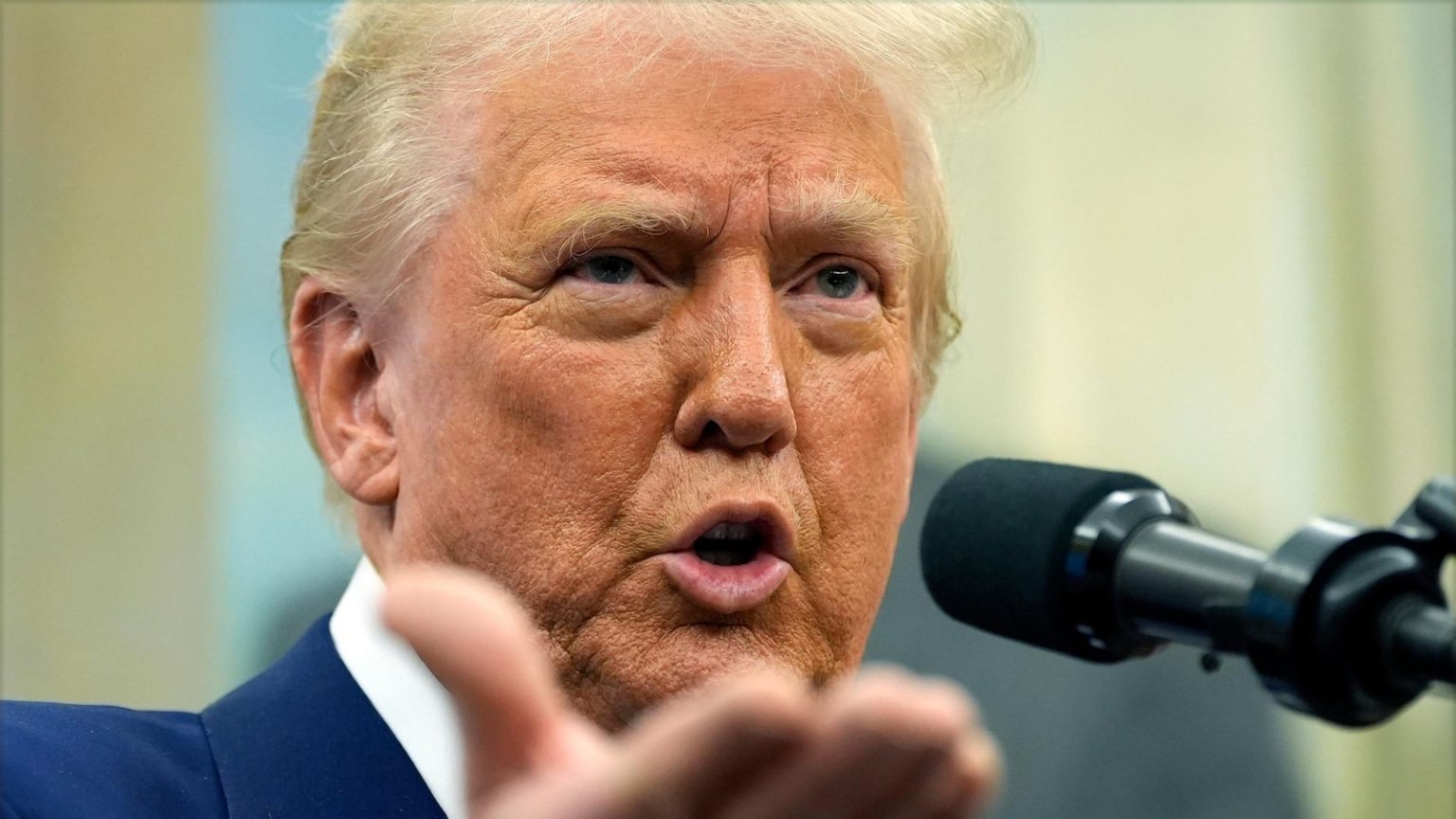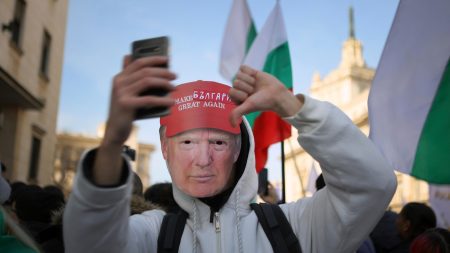Trump’s Reciprocal Tariffs: A Bold Move with Far-Reaching Implications
A New Era of Trade Policy: Understanding Trump’s Reciprocal Tariffs
In a move that could redefine the landscape of global trade, President Donald Trump announced his intention to sign an executive order that would significantly increase U.S. tariffs to match the rates imposed by other countries on American imports. Trump, known for his assertive approach to trade, took to his social media platform, Truth Social, to declare, “TODAY IS THE BIG ONE: RECIPROCAL TARIFFS!!!” This announcement has sparked widespread debate, with the potential to send shockwaves through the world economy. While Trump argues that such measures will protect American jobs and level the playing field, economists and trade experts warn of the risks of inflation, economic slowdown, and potential trade wars.
The Economic Impact: Growth, Inflation, and the Consumer
The imposition of reciprocal tariffs could have a dual-edged impact on the U.S. economy. On one hand, Trump and his administration believe that aligning U.S. tariffs with those of other countries will create a fairer trade environment, potentially boosting domestic industries and creating jobs. On the other hand, most economists caution that these tariffs could act as a regressive tax on American consumers, driving up the cost of imported goods and exacerbating inflation. The timing of this move is particularly sensitive, as the U.S. economy is already grappling with rising prices. The consumer price index has climbed to a 3% annual rate, and any further price spikes could erode consumer purchasing power and dampen economic growth. Analysts at Wells Fargo have warned that the tariffs could lead to a “stagflationary shock,” where inflation rises while economic growth stalls.
Targeting Key Trading Partners: China, Canada, and Mexico in the Crosshairs
Trump’s tariff strategy has singled out several key trading partners, with China, Canada, and Mexico bearing the brunt of the new measures. China, for instance, faces an additional 10% tariff on its imports due to its role in the production of fentanyl, a synthetic opioid that has contributed to the U.S. drug crisis. This move comes on top of existing tariffs imposed during Trump’s first term in office. Meanwhile, Canada and Mexico, the two largest trading partners of the United States, are also facing the prospect of new tariffs, which could take effect as early as March. These measures have been met with concern from business leaders and consumers alike, who fear disruptions to supply chains and higher prices for everyday goods. Additionally, Trump has hinted at expanding the tariffs to include computer chips and pharmaceutical drugs, further broadening the potential impact.
Retaliation and Trade Wars: The Global Response
The announcement of reciprocal tariffs has triggered a strong response from international trading partners, who view the move as protectionist and punitive. The European Union, Canada, and Mexico have all readied countermeasures to retaliate against the U.S. tariffs, aiming to inflict economic pain on American exporters. China, already engaged in a protracted trade dispute with the United States, has wasted no time in responding, imposing its own tariffs on U.S. energy products, agricultural machinery, and large-engine automobiles. Furthermore, China has initiated an antitrust investigation into Google, signaling its willingness to escalate tensions. As the world teeters on the brink of a full-blown trade war, the stakes for global economic stability have never been higher. The tit-for-tat measures threaten to disrupt trade flows, undermine investor confidence, and choke off economic growth.
A Political and Economic Gamble: Trump’s Broader Agenda
Despite the risks, Trump remains committed to his “America First” trade agenda, which he believes will restore American economic dominance and create jobs for U.S. workers. The White House has framed the reciprocal tariffs as a necessary step to correct what it sees as unfair trade practices by other countries. By aligning U.S. tariffs with those of its trading partners, the administration argues, it can ensure a more equitable trade environment and generate additional revenue for the federal government. Moreover, Trump’s team believes that the tariffs will strengthen his negotiating position, allowing him to secure better trade deals in the long run. However, this strategy is not without its challenges. The concurrent implementation of spending freezes, staff reductions, and regulatory rollbacks—championed by billionaire adviser Elon Musk’s Department of Government Efficiency initiative—could amplify the economic pain caused by the tariffs.
The Road Ahead: Uncertainty and Implications for the Future
As the world watches the unfolding trade drama, one thing is clear: Trump’s reciprocal tariffs represent a high-stakes gamble with far-reaching implications. While the administration remains optimistic about the eventual benefits of its trade strategy, the short-term pain for consumers and businesses is undeniable. The sequencing of these policies—combined with the threat of retaliatory measures from trading partners—raises concerns about the U.S. economy’s ability to weather the storm. With analysts predicting a slowdown in GDP growth and consumers already grappling with inflation, the coming months will be a critical test of Trump’s economic vision. Whether this bold move will “Make America Great Again” or lead to a prolonged period of economic uncertainty remains to be seen. One thing is certain: the world will be watching closely as this drama unfolds.















